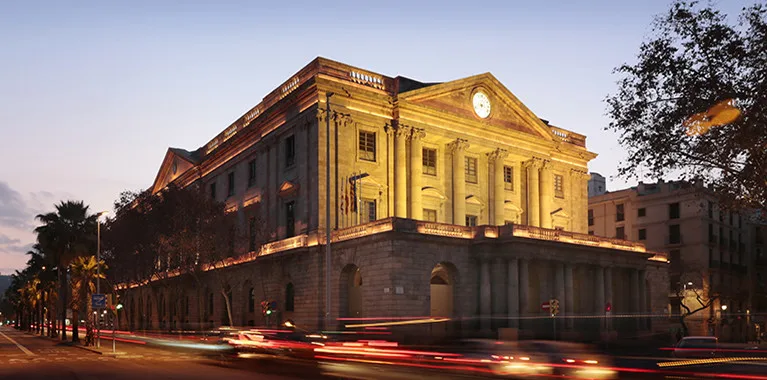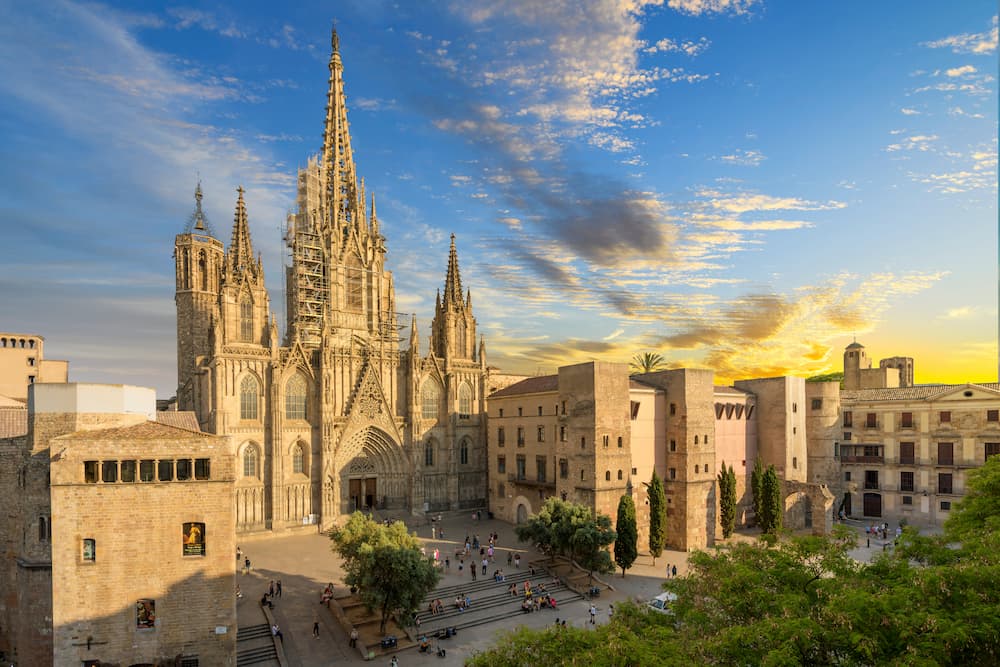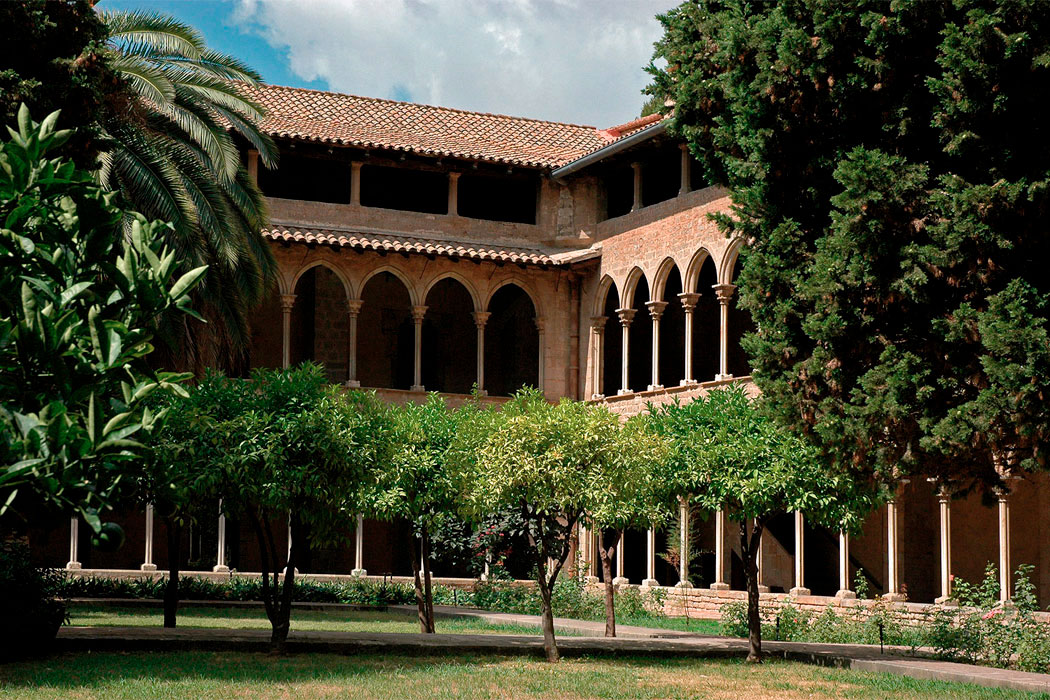Barcelona is a city where layers of history unfold around every corner. You can stand on Roman stones for one hour, wander a Gothic cloister the next, and finish your day inside a hospital that looks more like a palace.
For anyone with a love for history, or let’s be honest, even just a curiosity about beautiful old places, these five sites offer an easy way to explore the city’s past.
Some are big tourist spots, others you might walk past without realizing what they are. Here’s why they’re worth your time, and what to know before you go.
1. La Llotja de Mar: Where Merchants Once Ruled

Why visit:
La Llotja isn’t just a pretty neoclassical building near the port — it was once the heart of Barcelona’s merchant life. This is where trade deals happened when the city ruled the seas.
Trivia:
- The first Italian opera performed in Spain was staged here in 1708.
- Picasso trained at the art school housed inside.
How to visit:
The building isn’t always open, but special tours do happen. If you’re nearby (it’s close to El Born), stop and admire the façade even if you can’t go in.
Nearby: El Born Cultural Center, Picasso Museum, Gothic Quarter
2. Santa Maria del Mar: The Church Built by the People

Why visit:
Most Gothic churches were paid for by kings or bishops. This one was built by the people — specifically the dockworkers who carried stones to build it. That gives Santa Maria del Mar a different kind of atmosphere.
Trivia:
- Built in just 54 years — fast for a Gothic church.
- The bastaixos (porters) who helped build it are honored in carvings above the entrance.
How to visit:
Go early or late to avoid crowds. If you can, take the rooftop tour for great views over the Gothic Quarter.
Nearby: El Born district, Fossar de les Moreres, El Born Market.
3. Barcelona Cathedral: More Than Just Another Gothic Church

Why visit:
Sure, every guidebook lists it — but the details here are what make it memorable. From the geese in the cloister to the city views from the rooftop, this cathedral offers small moments that stick with you.
Trivia:
- 13 white geese live in the cloister, one for each year of Saint Eulalia’s life.
- The ornate façade was finished much later, in the 19th century.
How to visit:
Climb the rooftop for one of the best Gothic Quarter views. The cloister is also a great cool-down stop on a hot day.
Nearby: Plaça del Rei, Roman Walls, Museu d’Història de Barcelona
4. Recinte Modernista de Sant Pau: An Art Nouveau Hospital

Why visit:
This former hospital complex looks like a fairytale village. It’s a reminder that even functional buildings can be beautiful — and it’s the largest Art Nouveau site in the world.
Trivia:
- Originally designed so patients could recover while surrounded by art and gardens.
- Connected by underground tunnels (yes, you can visit them).
How to visit:
It’s an easy walk from Sagrada Família — great to pair with a visit there. The whole site can be explored in about 1–1.5 hours.
Nearby: Sagrada Família, Hospital de la Santa Creu i Sant Pau
5. Monestir de Pedralbes: One of Barcelona’s Most Peaceful Spots

Why visit:
If the city gets overwhelming, this Gothic monastery is a perfect escape. The cloisters are some of the most beautiful in Europe, and the whole place feels untouched by time.
Trivia:
- “Pedralbes” means “white stones” — a nod to the material used.
- Queen Elisenda’s tomb can be seen from both the church and the cloister.
How to visit:
Plan for a quiet hour here, especially in the morning. It’s less crowded than many Gothic sites in central Barcelona.
Nearby: Palau Reial de Pedralbes, Güell Pavilions
How to Combine Them: A Simple Day Plan
Morning:
- Start at Barcelona Cathedral
- Walk the Gothic Quarter, visit Museu d’Història de Barcelona
- Visit Santa Maria del Mar and nearby El Born
Afternoon:
- Lunch in El Born
- Visit La Llotja if open, or explore its exterior
- Head to Recinte Modernista de Sant Pau
Evening:
- Take a short ride to Monestir de Pedralbes
- Enjoy a peaceful end to the day in one of the city’s calmest spots

